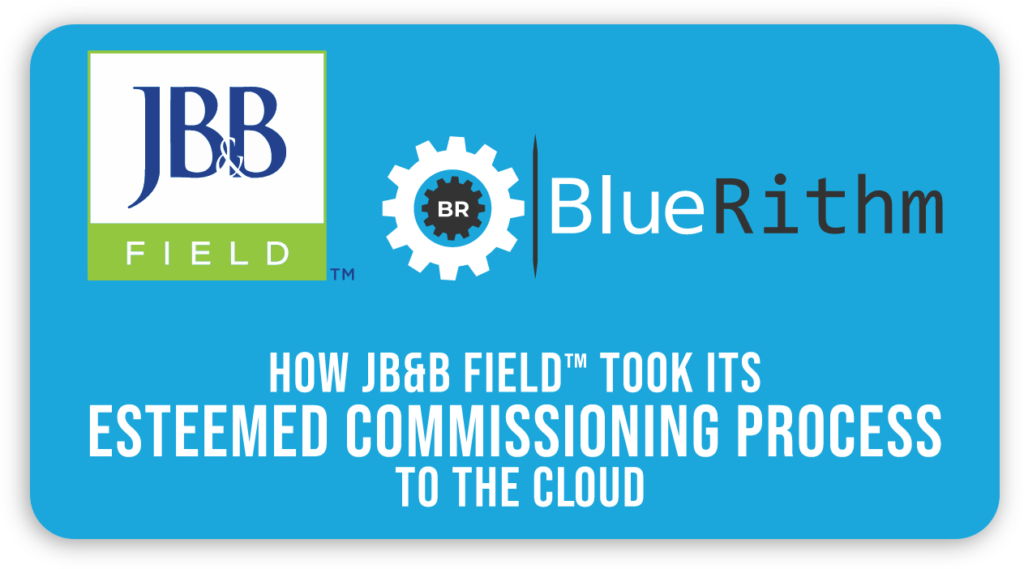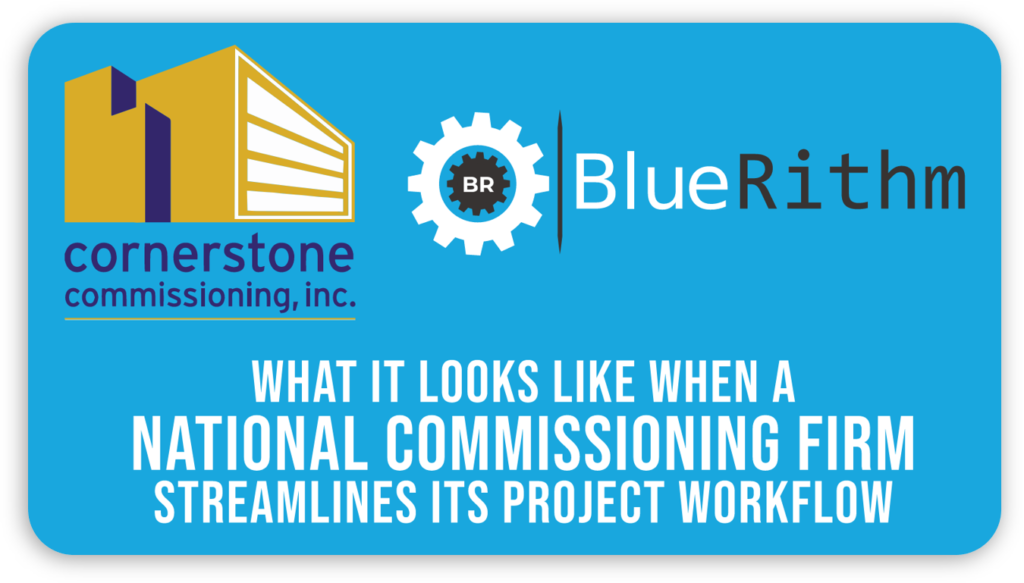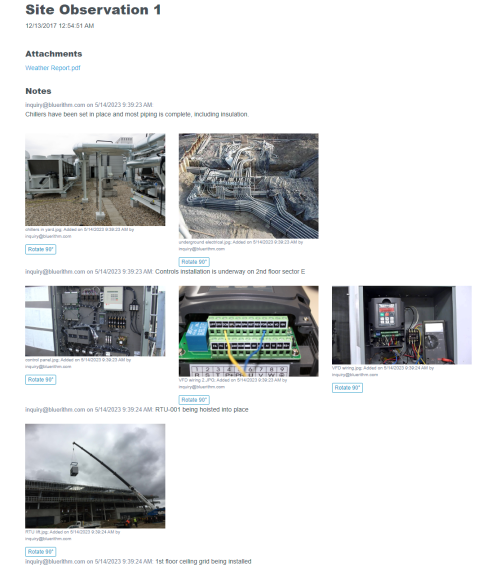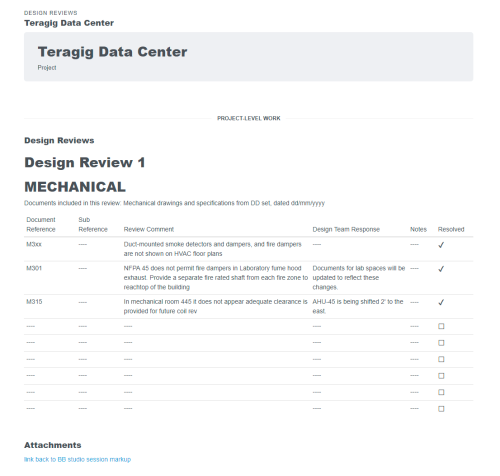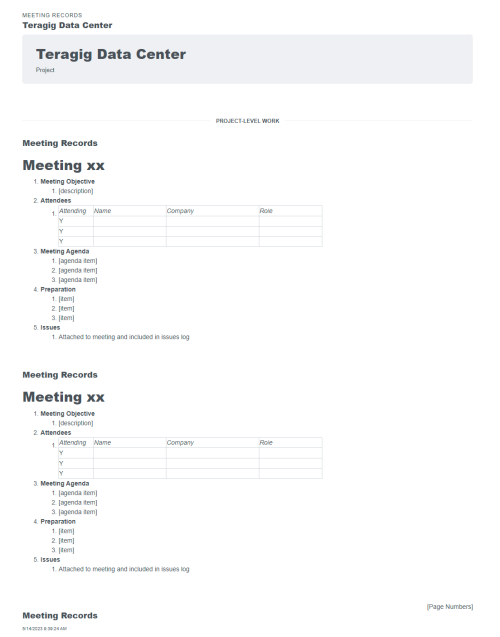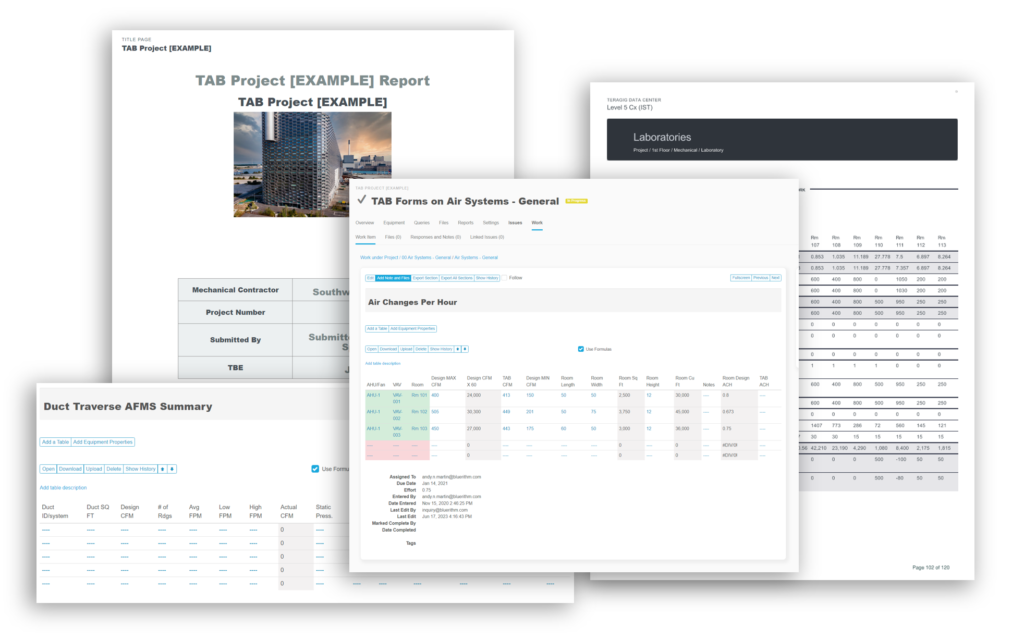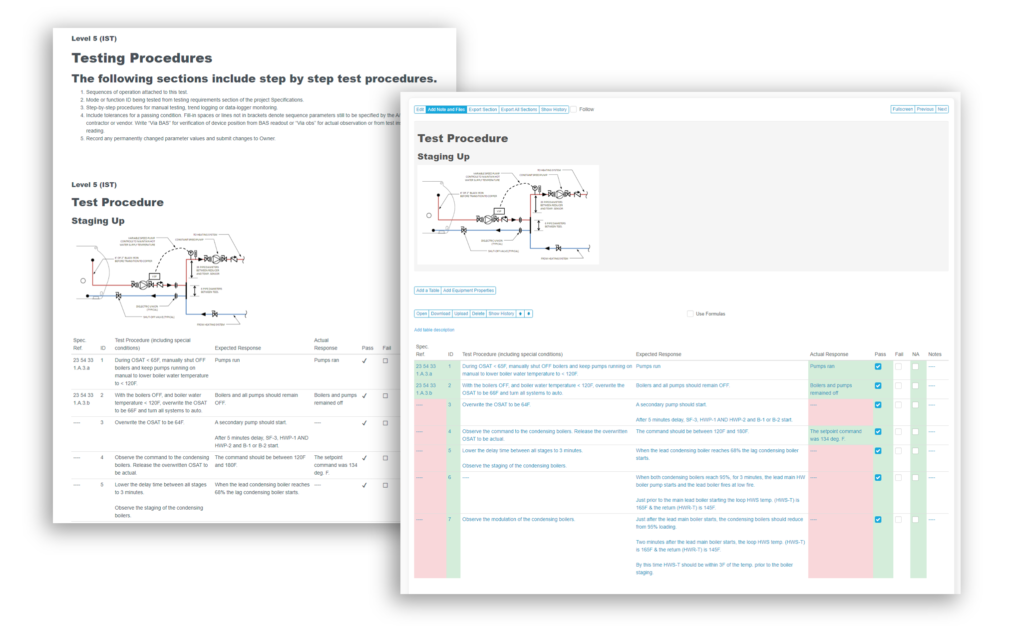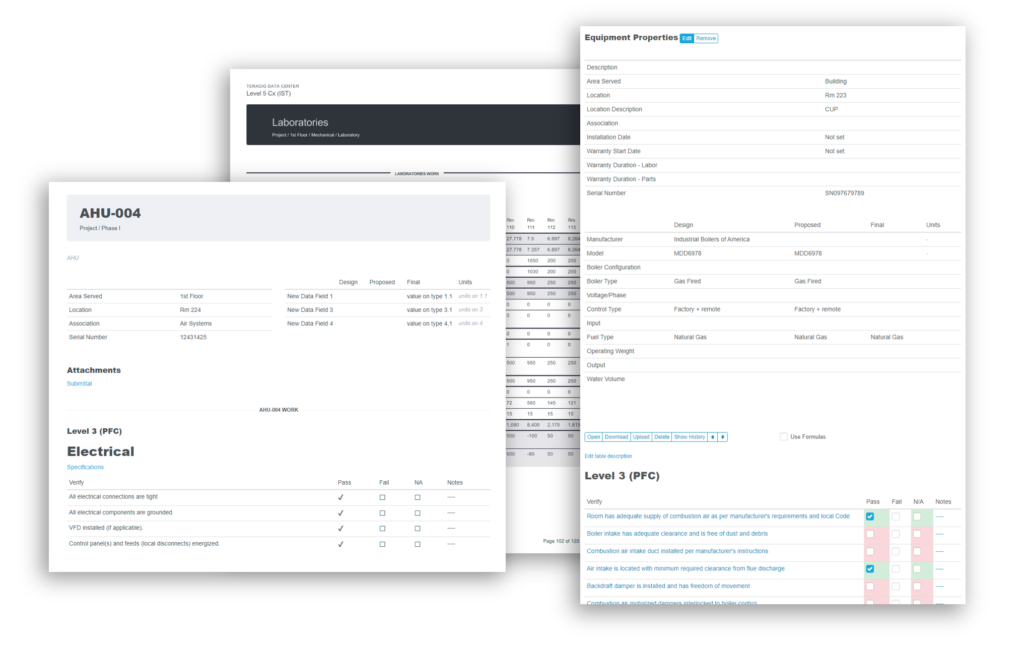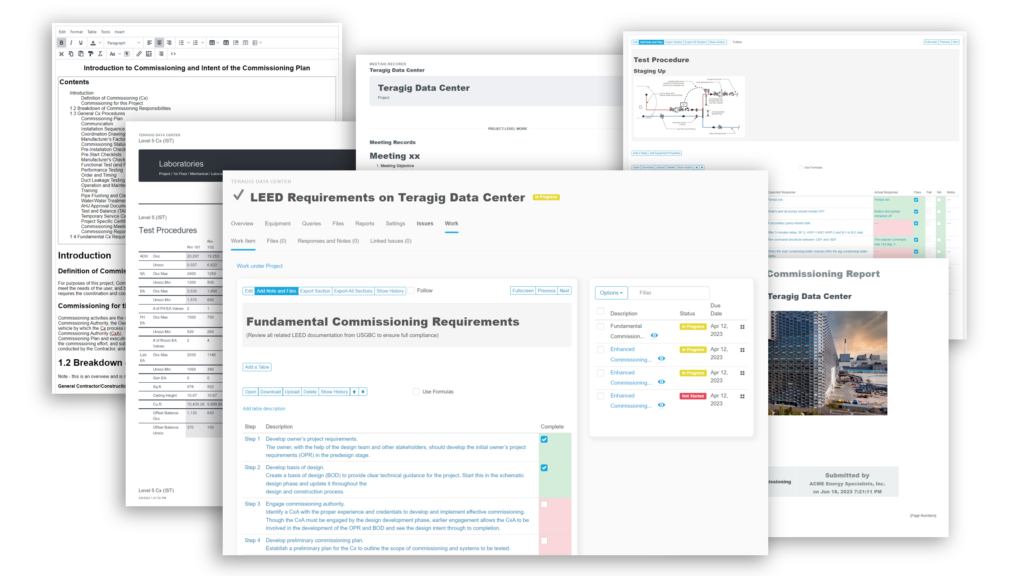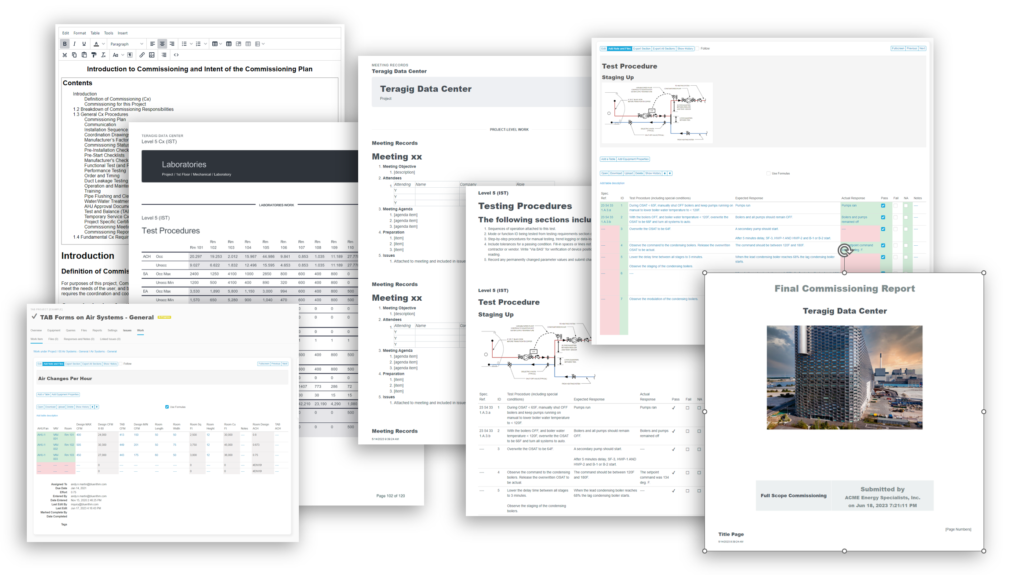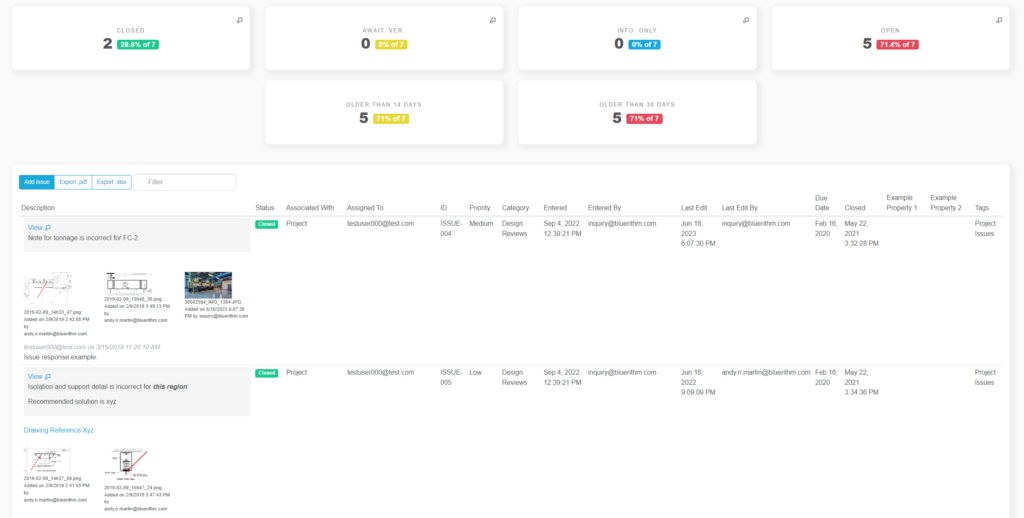Learn how Bluerithm can help you with construction administration, submittal process management, file management, punch lists, and more.

Guide to Construction Administration
Solutions:
Construction administration (CA) refers to the oversight and management activities performed by a construction administrator to ensure that the construction project is executed according to the project’s plans, specifications, and design.
Table of Contents
Who leads the Construction Administration phase?
Construction administration is performed by an architect, lead engineer, construction project manager, construction contract administrator, architectural engineer, or official governing body. Architects may often oversee this process because of contractual relationships with the owner of the project.
Construction administrators act as a liaison between the owner and contractor. They act as an observer and record keeper and oversee and manage activities that occur during the construction phase that ensure the construction is executed as planned and designed. A construction administrator may bill hourly for this work.
Elements of Construction Administration
This phase of a project typically involves several key tasks:
Contract Management
The construction administrator oversees the contract between the client and the contractors, ensuring that all parties fulfill their contractual obligations.
Schedule Oversight
The construction administrator ensures that the project is progressing on schedule and implements corrective actions when necessary.
Reviewing Submittal Packages
Construction documents, material samples, and shop drawings are placed into a submittal package and typically given to the architect or engineer who will then review and approve them if they’re in accordance with the signed contract. They will keep a submittal log, which asks for approval of materials and equipment before they’re sent to the project site.
Risk Management
The construction administrator plays a critical role in risk management throughout the project lifecycle. They should proactively identify potential risks, assess their likelihood and impact, and develop strategies to mitigate them. This involves creating contingency plans, monitoring risk factors, and regularly communicating risks to stakeholders.
Handle RFIs
A formal Request For Information (RFI) is submitted to the architect or engineer when the contractor has a question about interpretation of drawings or documents. Typically this includes questions related to dimensions, drawing notations, or directions on how to solve a specific problem. The architect or engineer responds to these requests with written paragraphs or issues supplemental drawings or sketches for clarification.
Review and Approve Change Orders
A change order is required when the contractor’s scope of work needs to be modified. The construction administrator makes sure that proposed changes fit the client’s needs and gives all parties involved with the contract a chance to review the new duties and expectations and budget change. All parties need to agree on the changes before the change order can be approved. The construction administrator is responsible for negotiating, documenting, and implementing the changes.
Budget Management
The construction administrator monitors the project budget, reviews and approves invoices, and manages costs related to changes in the project scope.
Building Code Enforcement
The construction administrator pulls permits and makes sure the project follows building code requirements (minimum standards for construction), the HVAC systems meet the minimum requirements for efficiency, and the building follows environmental codes.
Quality Control
The construction administrator monitors the construction to ensure that it meets the quality standards set out in the project documentation.
Supplier Sourcing
The construction administrator is involved in identifying and evaluating potential suppliers. Suppliers that are chosen offer the best value in terms of product and cost to meet the contract demands.
Finding New Supplies
The construction administrator helps the client select replacement building materials that fit within their budget or approve a general contractor’s recommendation when building materials don’t meet expectations or are discontinued.
Communication Coordination
The construction administrator serves as the primary point of communication between the client and contractors. They facilitate meetings and ensure all parties are informed of the project’s progress and decisions that have been made.
Problem Resolution
The construction administrator acts as the project manager and quickly resolves issues as they arise. These issues often involve construction contracts, technical challenges, conflicts between parties, deviations from the plans, supplies, or the budget. This ensures construction isn’t delayed or inhibited and remains on schedule.
Site Visits and Inspections
The construction administrator conducts regular site visits to observe construction progress, inspects the work for compliance with the design, and addresses any issues directly on site. A schedule of regular site visits may be established. There may be a weekly walk-through of the progress. Additional visits may be scheduled around important phases of construction.
Subcontractor Management
The construction administrator oversees subcontractors to make sure their work for the general contractor aligns with the contract.
Completion and Closeout
The construction administrator oversees the completion of the project. The contractor provides a list of issues that need to be addressed before the job is considered finished in the form of a “punch list” near the end of the project. This punch list typically consists of minor items that need to be completed. The construction administrator makes sure punch list items are complete and meet client expectations, final inspections are conducted, and all project documentation is complete and transferred to the client. Once the construction administrator gives their final approval that the project is complete, client payment is due to the contractor.
Technology in Construction Administration
Technology has revolutionized the construction industry, and construction administrators should leverage digital tools to streamline processes, enhance collaboration, and improve decision-making. Project management software can help streamline many aspects of construction administration, including submittal process management, general document control, site inspections, punch lists, and more.
Financial Management
The construction administrator should have a deep understanding of cost control, value engineering, cash flow management, and financial reporting. They should regularly monitor project expenses, identify opportunities for cost savings, and help ensure that the project stays within budget. The construction administrator should also work closely with the client and other stakeholders to manage financial expectations and make informed decisions based on financial data.
Sustainability and Green Building Practices
As the construction industry becomes increasingly focused on sustainability, construction administrators should be knowledgeable about lower impact building practices and environmentally friendly construction methods. This includes familiarity with energy-efficient systems, sustainable materials, and waste reduction strategies. The construction administrator should ensure that the project meets any applicable or targeted building standards or certifications, such as LEED, etc. They should also work with the design team and contractors to identify opportunities for incorporating sustainable elements into the project.
Stakeholder Management and Communication
Construction projects involve a diverse range of stakeholders, including clients, client representatives, architects, engineers, contractors, subcontractors, and regulatory agencies. The construction administrator should develop a clear communication plan to keep all stakeholders informed and engaged throughout the project. This involves regularly sharing project updates, facilitating meetings, and managing stakeholder expectations. Effective stakeholder management helps to build trust, resolve conflicts, and ensure that everyone is working towards a common goal.
Software platforms for construction administration can aid in transparency and quality of project progress and status.
Dispute Resolution and Claims Management
Despite best efforts, disputes and claims can arise during the construction process. The construction administrator should be prepared to engage in these situations effectively, contributing their expertise, to minimize disruptions and maintain project progress. This involves developing strategies for preventing conflicts, such as clear contract language and regular communication.
When disputes do occur, the construction administrator should may assist in resolving them quickly and fairly, using mediation, arbitration, or other alternative dispute resolution methods as appropriate. They should also be knowledgeable about the claims process and work to minimize the impact of claims on the project.
Typical Deliverables
The following list of deliverables (or project documentation) are typically produced during or at completion of the construction administration phase in construction:
- Requests for Information (RFIs) and Architect’s Supplemental Instructions (ASIs)
- Proposal Requests (PRs) and Change Orders
- As-Built Set of Construction Drawings
- Product/Equipment Warranties and Maintenance Manuals
- Certificate of Occupancy
- Architect’s Field Reports
- Application and Certificate for Payment
- Final Punch List
- Certificate of Substantial Completion
Construction administration ensures that the project is built as designed, within budget and on schedule, while meeting all regulatory and quality standards.
Additional Resources
Issue Logs and Punch Lists
Play Video about Issue Logs and Punch Lists
File Workflows and Management
Play Video about File Workflows and Management
Move your Excel-based processes to the cloud
Start saving time and money today

